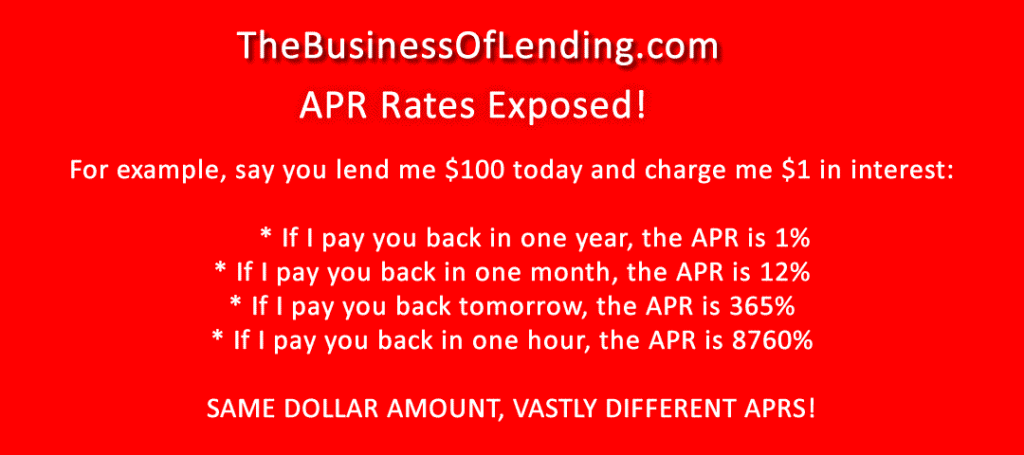Despite a thriving economy in some sectors, millions of U.S. households – the working poor – struggle with unexpected financial emergencies. This issue isn’t just about income inequality or lack of financial literacy—it’s about the fundamental accessibility to quick, EZ cash.
~ 40% of Americans can't get their hands on $400 to deal with an emergency expense without borrowing or selling something. [The stats depend on who paid for the study!]
Expanding financial literacy programs? Think again! The truth is that our financial masters have no intention of teaching us to become financially savvy.
Their agenda is clear: to keep us shackled in debt for life.
Yes, educating consumers about financial management is crucial. And yes, financial literacy would teach us how to budget, save, and borrow wisely. Schools, communities, and workplaces could spread this knowledge, helping us grasp the actual costs of debt and the need for an emergency fund.
But that’s not part of the plan. The reality is that “they” thrive on our ignorance. Our overlords profit when we stay trapped in a cycle of debt from the moment we’re born until long after we’re gone. It’s time to wake up, recognize the game being played, and take control of our financial destiny.
Hello! I’m Jer. I’ve been lending money to strangers for 20+ years.
The “working poor” are destined to remain in debt! FOREVER. That’s the goal of our overlords! This is NOT a new phenomenon. Read “Debt: The First 5000 Years” for insight!
Let’s explore why these financial crises persist, their far-reaching effects, and actionable steps that can mitigate the challenges faced by U.S. households.
The Rising Financial Insecurity in American Households
Growing Debt Levels
The alarming U.S. household debt, which soared to a staggering $17.5 trillion by the end of 2023, is a cause for serious concern. It reflects a worrying increase in financial obligations across all demographics.
This debt surge includes various forms of consumer credit, including pawn transactions, payday loans, credit cards, auto loans, and personal loans. Delinquency rates on these debts have reached their highest since the Great Recession!
Bankruptcy and Repossession Rates on the Rise
Bankruptcy filings have been rising steadily, with a 22% increase in February 2024 compared to the previous year. Legal services platforms like LegalShield report that inquiries about bankruptcy are at a four-year high, driven by aggressive debt collection practices and persistent inflation that erodes household purchasing power.
Vehicle repossessions have significantly increased, reflecting the inability of many consumers to keep up with car payments. This trend is especially prevalent among Gen Xers and Millennials, who have experienced the highest levels of repossession inquiries since 2021.
The Impact of Inflation on Daily Life
Relentless inflation continues to eat away at the incomes of the “working poor,” making it more challenging for families to cover basic expenses.
According to another LegalShield report, consumers are prioritizing housing costs over other bills, leading to escalating credit card debt and late payments on utilities and loans. Collectors are becoming more aggressive, further exacerbating the financial strain on households.
The Real Cost of Emergency Expenses
Limited Access to Affordable Credit
Access to credit is a significant barrier for many households. Data shows that many consumers rely on high-interest financial products like payday or pawnshop loans when facing emergencies.
For instance, a Study in Illinois revealed that a 36% cap on annual percentage rates led to a 44% decrease in loan availability for subprime borrowers. The average loan size increased by 40%, and the average loan term by 60%.
What does this mean? Subprime borrowers who could obtain loans were forced to borrow more significant amounts for extended periods at higher costs.
Predatory Lending Practices and the Consequences?
Regulations like the 36% interest rate cap aim to protect consumers, but they result in unintended consequences, such as reduced access to credit.
Subprime borrowers who reside in a state or province with <36% APRs can’t access legal forms of credit. They’re forced to drive across state borders or submit ALL their personal data to online lenders.
The Role of Regulatory Changes
Why the 36% APR Cap is Problematic!
We lenders attempt to enlighten society that the 36% APR cap is too restrictive for small-dollar loans, especially in an economic environment where operational costs have skyrocketed.
This cap reduces the supply of loans available to those who need them most, driving these consumers towards more dangerous financial alternatives. Historical data reveals that illegal loan sharks flourish when legal avenues for borrowing are limited, filling the gap with exploitative terms.

Need for Balanced Regulation
There is a growing consensus that while consumer protections are necessary, overly stringent regulations can cause more harm than good. Those of us on the “firing lines” recommend a tiered regulation approach that considers small-dollar loan borrowers’ unique characteristics.
For instance, allowing a higher interest rate cap for loans under $500 ensures that consumers can access small-dollar loans without resorting to predatory lenders.
Strategies to Improve Financial Resilience
Expanding Financial Literacy Programs? NOPE!!
Expanding financial literacy programs? Think again! The truth is that our financial masters have no intention of teaching us to become financially savvy.
Their agenda is clear: to keep us shackled in debt for life.
Yes, educating consumers about financial management is crucial. And yes, financial literacy would teach us how to budget, save, and borrow wisely. Schools, communities, and workplaces could spread this knowledge, helping us grasp the actual costs of debt and the need for an emergency fund.
But that’s not part of the plan. The reality is that “they” thrive on our ignorance. Our overlords profit when we stay trapped in a cycle of debt from the moment we’re born until long after we’re gone. It’s time to wake up, recognize the game being played, and take control of our financial destiny.
Promoting Access to Affordable Credit
Our elected “officials,” regulators, banks, credit unions, fintech companies, storefront lenders, and Native American Indian tribes must continue to develop flexible loan products for credit-challenged borrowers. This includes small-dollar installment loans, lines of credit, and secured loans that reduce lender risk.
THESE BORROWERS ARE NOT GOING AWAY!
Capping interest rates at 36% ignores the true costs of lending to the Masses —acquisition, underwriting, funding, servicing, collections, compliance, and our cost of capital—which restricts the market, reduces competition, and limits access to credit.
Leveraging Technology for Financial Inclusion
The rise of digitally initiated loan products has opened new avenues for providing accessible, affordable credit to underserved populations. Digital platforms can streamline the loan approval process, reduce operational costs, and offer more competitive rates.
Policymakers and regulators must encourage partnerships between fintech companies and subprime-focused financial institutions to create hybrid models that leverage the best of both worlds.
The Bottom Line
The “working poor” U.S. households’ financial challenges are multifaceted, requiring a multi-pronged approach to provide lasting solutions. From regulatory reform to expanded access to affordable credit, creative loan products, and enhanced financial literacy, we all have a role in ensuring that American families are better prepared to handle unexpected financial emergencies.
4-WAYS I CAN HELP YOU!
Grab a copy of our “bible:” Learn More
Brainstorm: Learn More
The Business of Lending: Learn More
Free Monthly Newsletter: Learn More
